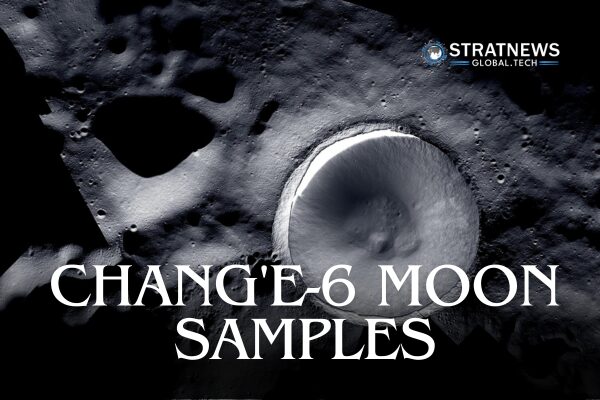Chang’e-6 Samples Unveil Secrets of the Moon’s Far Side
Chinese scientists have revealed new findings on the Moon’s far side using samples collected by the Chang’e-6 mission. These discoveries offer insights into volcanic activity, ancient magnetic fields, water content, and the Moon’s mantle, providing a clearer picture of the far side’s evolution.
Breakthrough Studies Published in Nature
Researchers from the Chinese Academy of Sciences and Nanjing University led these studies. Their work appeared in the latest issue of Nature, highlighting four major research findings. The CAS shared these results at a press conference on Wednesday.
In 2024, Chang’e-6 made history by returning 1,935.3 grams of lunar far-side samples to Earth. The samples were collected from the South Pole-Aitken (SPA) Basin, the Moon’s oldest and deepest basin. This site offered a rare chance to study differences between the Moon’s near and far sides and explore their long-standing asymmetry.
Understanding Lunar Volcanic Activity and Mantle Composition
Over the past year, Chinese scientists have made pioneering discoveries using the Chang’e-6 samples. They studied basalts from the SPA Basin, formed when the Moon’s mantle melted, producing magma that erupted on the surface.
Petrographic and mineral chemical analyses revealed the chemical composition of these basalts, which formed about 2.8 billion years ago. Isotopic studies found that the mantle source beneath the Chang’e-6 site is highly depleted in incompatible elements, which usually concentrate in melts.
Based on these results, researchers proposed two possible formation mechanisms. One suggests that the Moon’s mantle retains features from its formation around 4.5 billion years ago. The other view suggests that a massive impact during the SPA Basin’s formation altered the mantle, depleting specific elements found in the collected basalts.
Chang’e-6 Shedding Light on the Moon’s Hidden Side
As the Moon’s rotation and revolution cycles are the same, the same side always faces Earth, while the far side remains hidden from view. Known as the “dark side,” this term refers to its mystery rather than its visibility.
The Moon’s near and far sides differ in crust thickness, composition, and volcanic activity. However, the reasons behind these differences remain unresolved. Until now, scientists primarily relied on remote sensing to understand the far side, leaving many questions unanswered.
The Chang’e-6 samples have now provided physical evidence to help unravel these mysteries, marking a significant step forward in lunar science and offering a deeper understanding of the Moon’s far side for future exploration.
with inputs from Reuters


